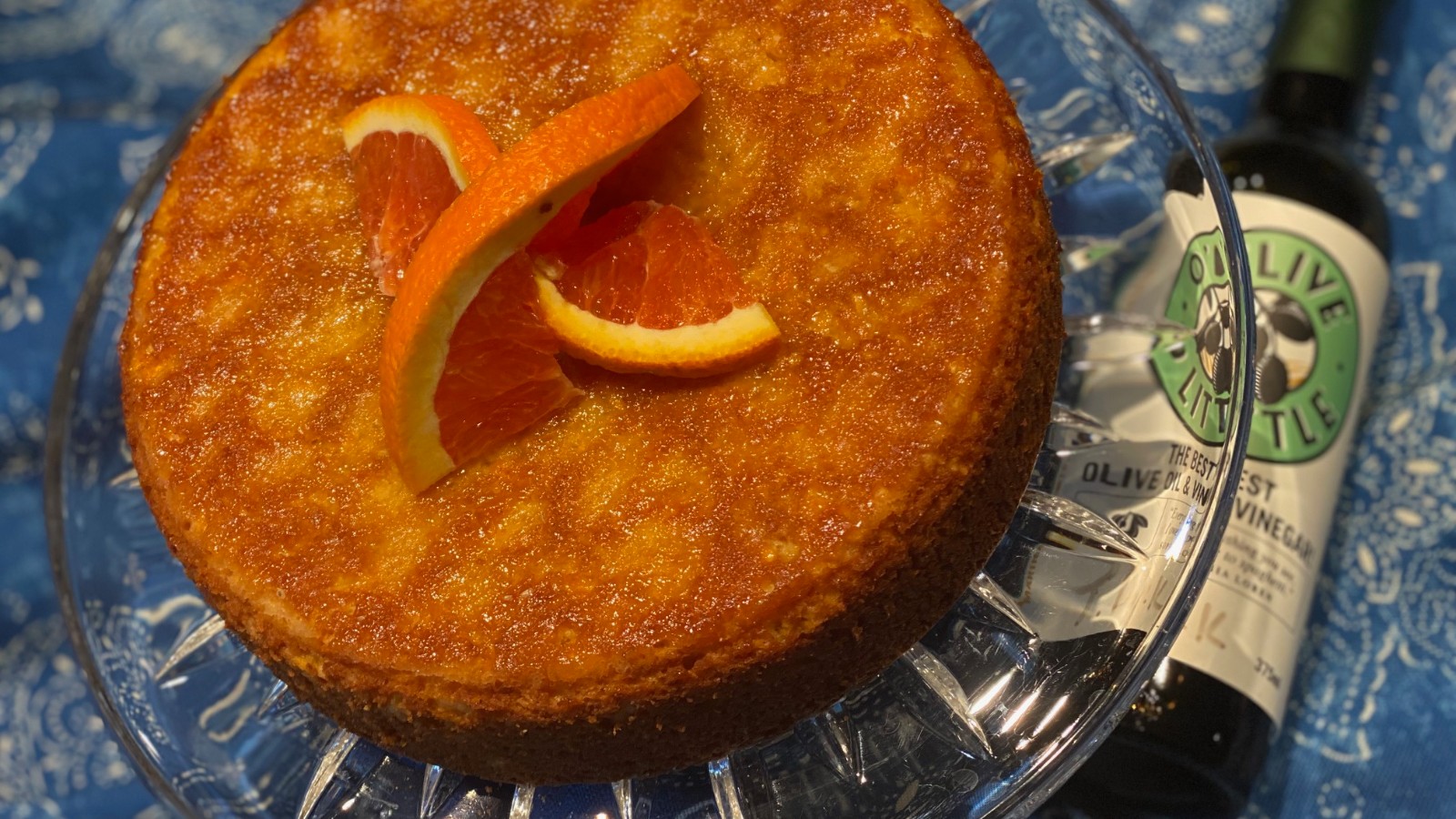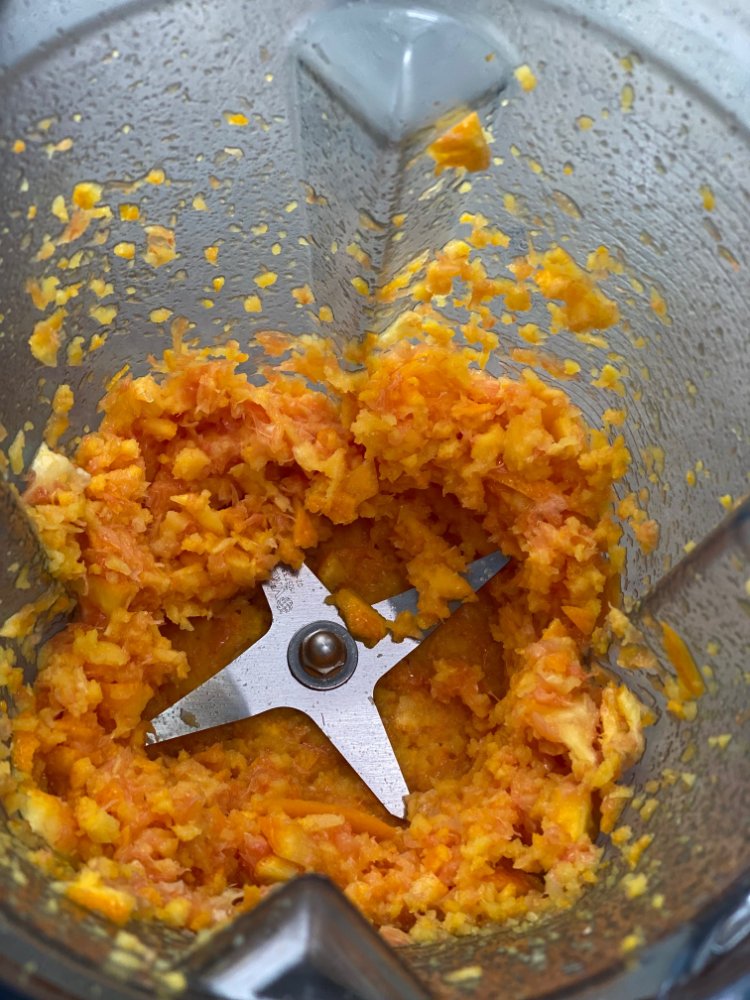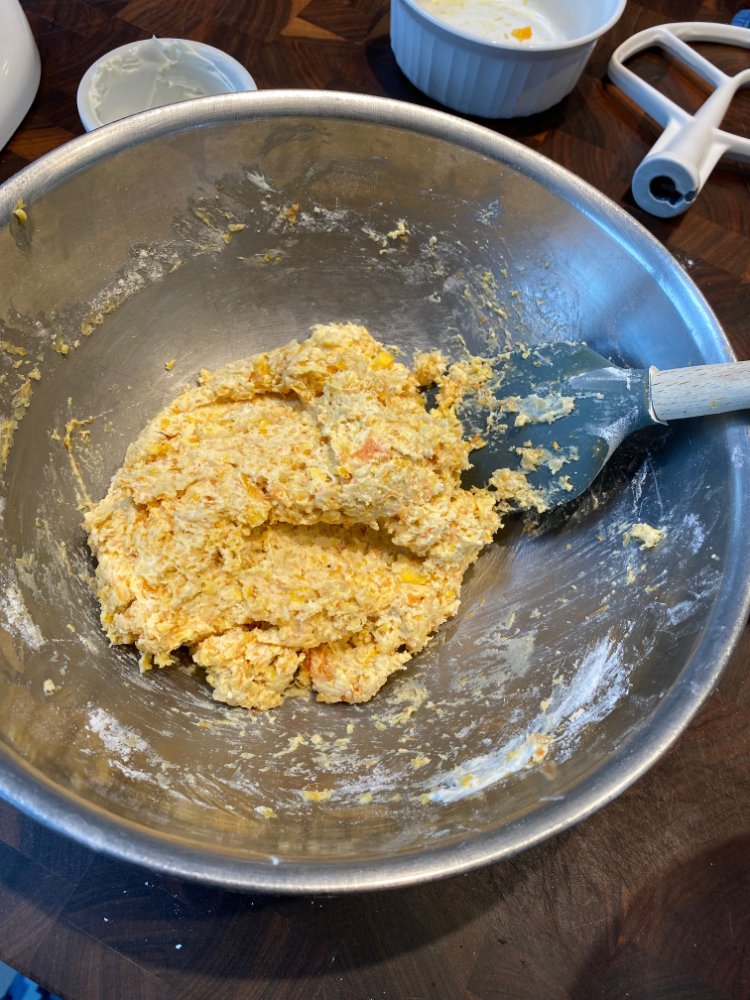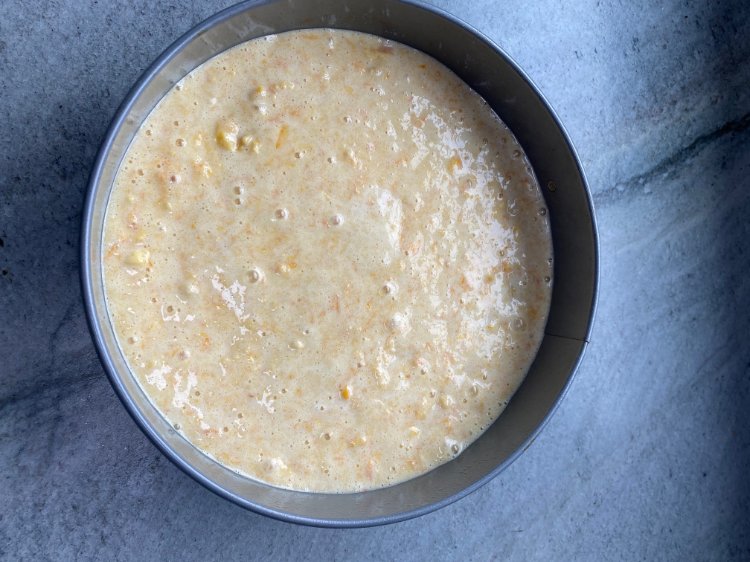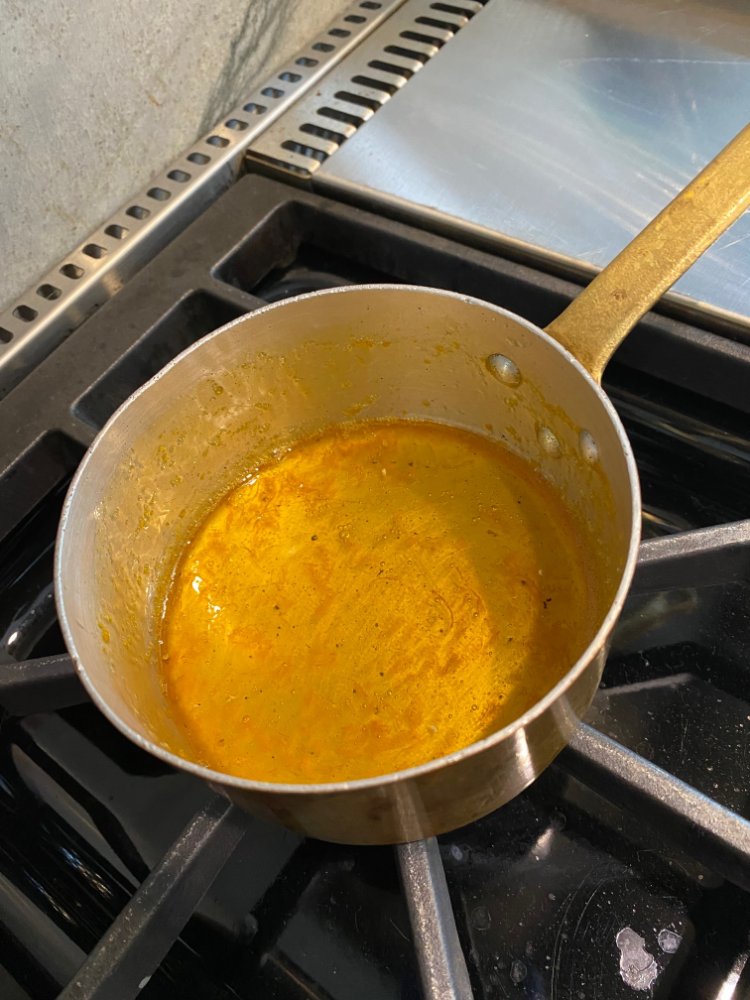
March in New England lasts forever. Winter slowly moves into Spring, but it really isn’t until May that Mother Nature allows us to start experiencing days of some consistent warmth. It isn’t until June that the weather really turns better and the breeze changes from chilly to warm.
After apple season in October, fresh fruit is gone and the great wait starts until May & June when early crops like lettuce, asparagus & strawberries are ready. My husband Matt & I love berries and usually have some in our fridge. Apart from when berries in the middle of the winter start costing $20.00 per pint (a bit of an exaggeration but you get my drift), look like they have seen better days and taste like paste. When this happens, we turn to citrus. I love the sweetly exotic and zesty smell of oranges and find they are so versatile. Other than simply enjoying them on their own, oranges work in many desserts, in salads, with vegetables, with pork, chicken, beef, shrimp, and fish.
Originating in India, Myanmar and China, through history on trade routes they slowly traveled from these regions to other areas of the world. It is now the most cultivated fruit on our planet. Historians believe the orange was brought to Italy by the Arabs around 840AD. The first written mention of the sweet orange in Europe comes from the Italian city of Savona in 1471. Even Christopher Columbus liked oranges as he took seeds of sweet oranges across to the New World in his overseas survival kits.
Italian cooks have had centuries to perfect their use of the orange in their cuisine. Their cookies and cakes make delicious use of them. For good reason, there are numerous recipes for one of the most popular recipes, Pan D'Arancio or Orange Cake… it is delicious! The major differences with many Italian Orange cake recipes are the use of a whole orange. If you like orange marmalade, you will love this cake!


